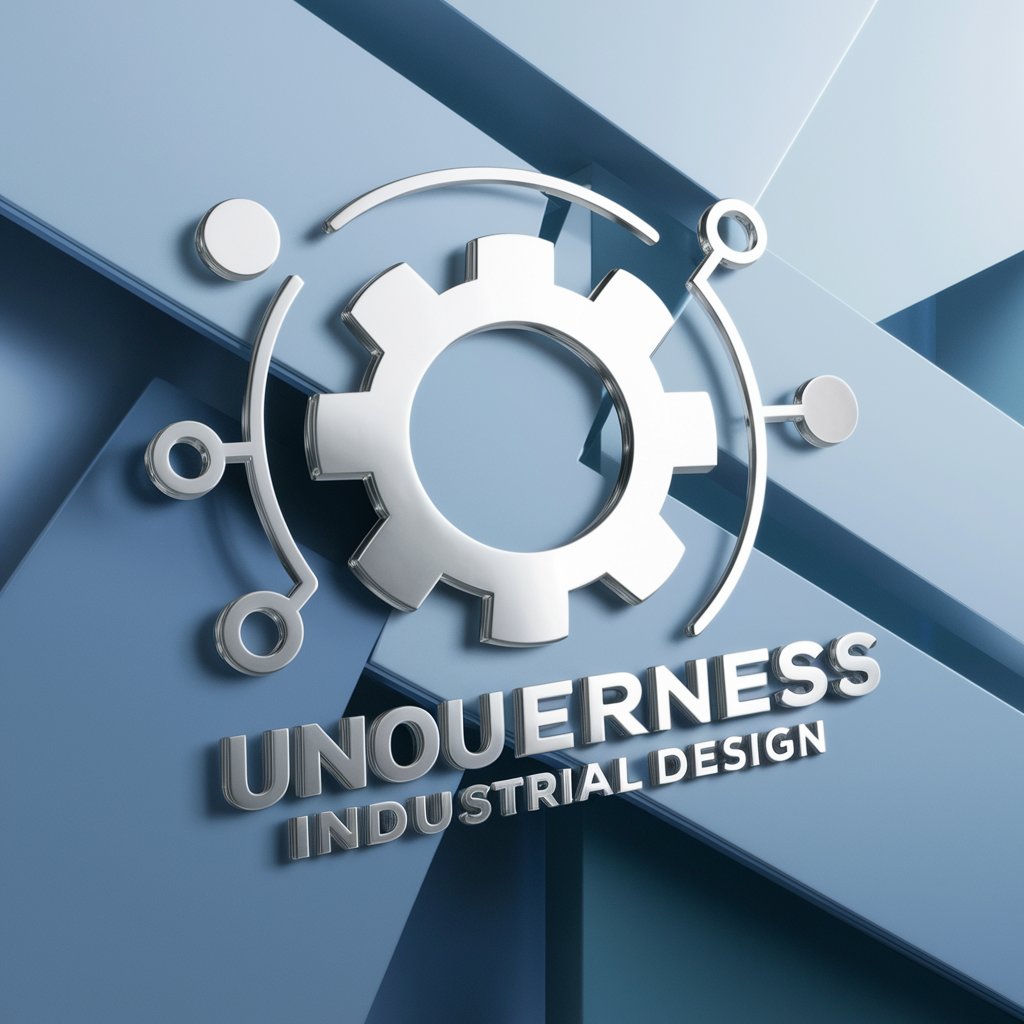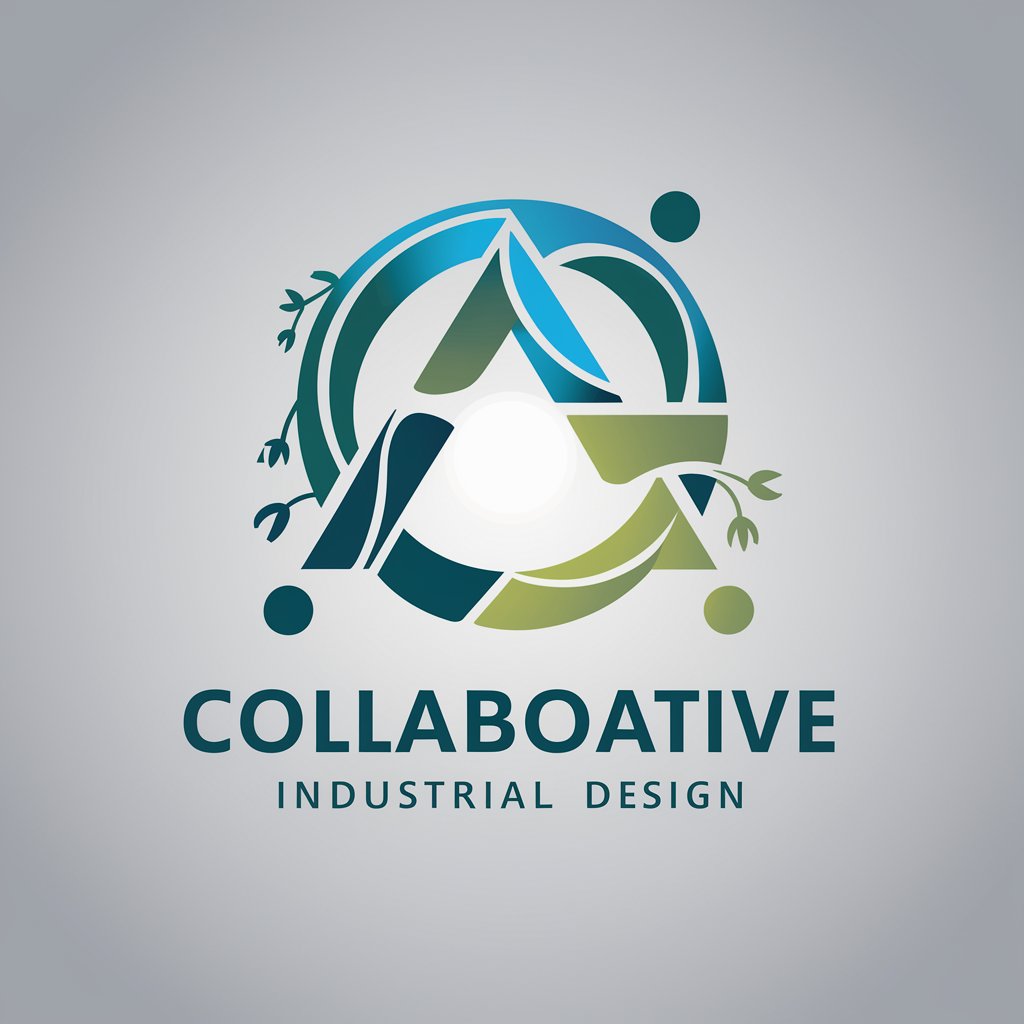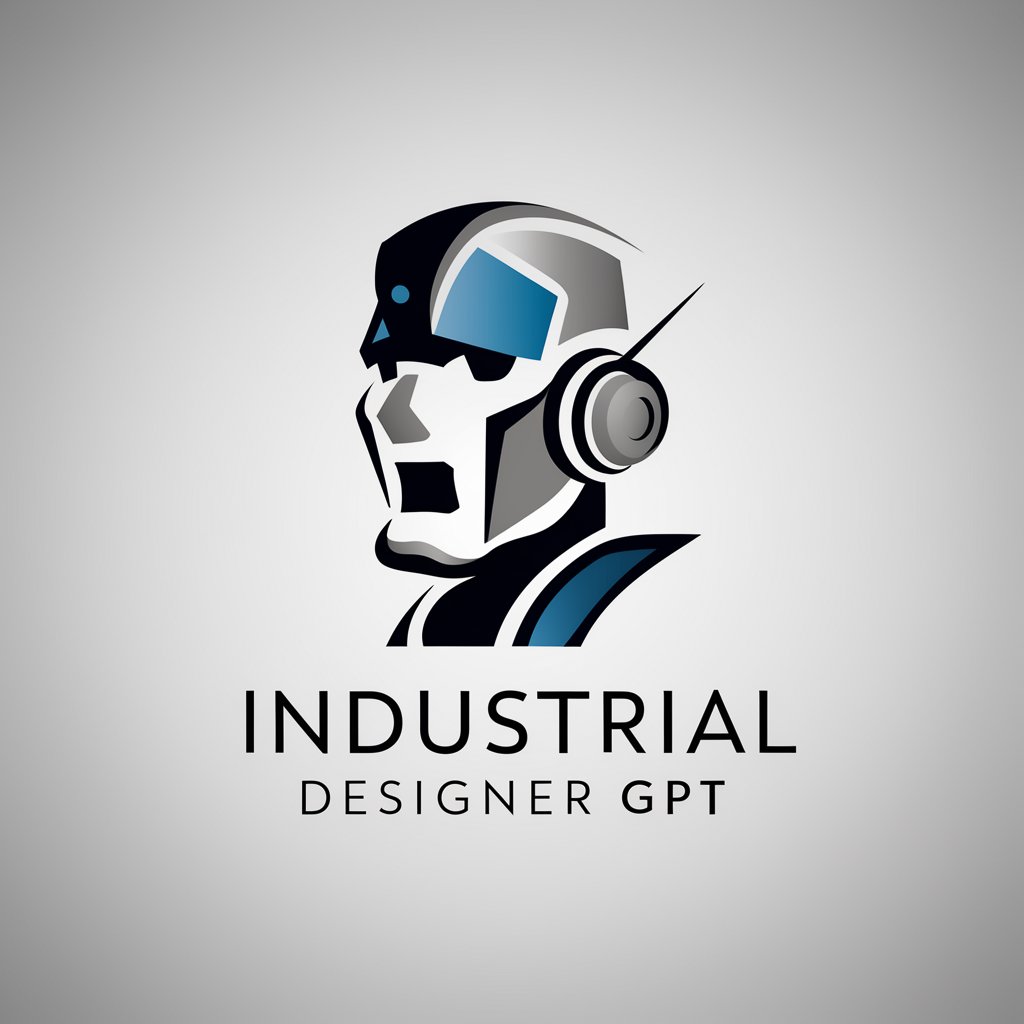
Industrial Design - Industrial Design Insight
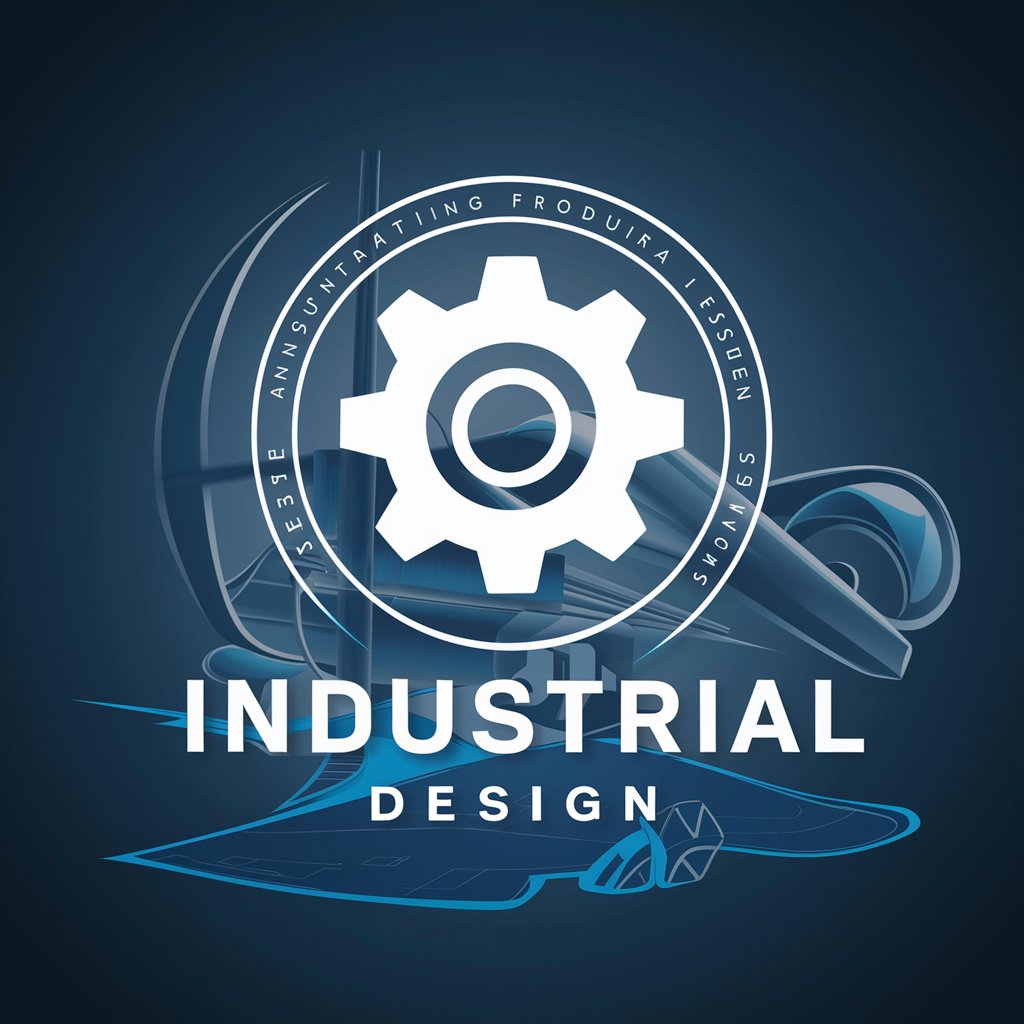
Welcome! Let's explore the world of industrial design together.
Designing Tomorrow, Today with AI
Explain the principles of ergonomic design in industrial products.
How can sustainability be integrated into product design?
Discuss the impact of color theory on product aesthetics.
What are the latest trends in industrial design for consumer electronics?
Get Embed Code
Introduction to Industrial Design
Industrial Design focuses on the development of concepts and specifications that optimize the function, value, and appearance of products and systems for the mutual benefit of both user and manufacturer. This discipline integrates elements from applied art and applied science to improve aesthetics, ergonomics, functionality, and usability of products, while also working within the constraints of material technology, budget, and marketing strategies. For example, the design of a smartphone involves careful consideration of user interface, material selection for durability and aesthetics, ergonomics for comfortable handling, and compact engineering for internal components. Another scenario could involve the design of ergonomic office furniture, which requires understanding human factors, material properties for durability, and style preferences to create a product that enhances productivity and well-being. Powered by ChatGPT-4o。

Main Functions of Industrial Design
Ergonomics and Human Factors
Example
Ergonomic office chair design
Scenario
Designing an office chair that supports proper posture, reduces back pain, and adjusts to various body types, incorporating adjustable armrests, lumbar support, and a tilt mechanism to enhance user comfort and productivity.
Aesthetic and Style Development
Example
Smartphone design
Scenario
Creating a smartphone with a visually appealing design that reflects current trends, has a distinctive color scheme, and utilizes materials that are pleasant to touch, aimed at attracting consumers and differentiating the product in a competitive market.
Material and Process Selection
Example
Sustainable product packaging
Scenario
Developing packaging for a product using eco-friendly materials such as biodegradable plastics or recycled paper, considering factors like durability, cost-effectiveness, and environmental impact, to align with sustainability goals and consumer expectations.
Usability and Functionality Enhancement
Example
Kitchen appliance design
Scenario
Designing a kitchen appliance, such as a blender, that is easy to use, clean, and store, with intuitive controls, safety features, and efficient performance, to meet the needs of a wide range of users.
Product Identity and Branding
Example
Sports equipment design
Scenario
Creating sports equipment that not only performs well but also carries the brand's identity through design elements like color, shape, and logos, helping to build a strong, recognizable brand image.
Ideal Users of Industrial Design Services
Product Manufacturers
Companies that produce consumer goods, electronics, furniture, and more, who seek to innovate, improve product functionality, and make their offerings stand out in the market. They benefit from industrial design by enhancing product appeal and user experience, thereby increasing market competitiveness and customer satisfaction.
Startups and Entrepreneurs
Emerging businesses that aim to introduce new products or services. They require industrial design to ensure their offerings are user-friendly, aesthetically pleasing, and practical, which is crucial for gaining a foothold in competitive markets.
Healthcare Industry
Medical device manufacturers and healthcare providers looking to develop products that are safe, effective, and tailored to the needs of patients and medical professionals. Industrial design in healthcare can significantly improve the functionality, ergonomics, and accessibility of medical devices and equipment.
Educational Institutions
Schools and universities that are developing educational tools and environments. Industrial design can enhance the learning experience by creating ergonomic, engaging, and aesthetically pleasing educational products and spaces.
Environmental and Sustainability Organizations
Organizations focused on sustainability that are looking to develop or promote products made from eco-friendly materials or designed to reduce environmental impact. Industrial design plays a crucial role in creating sustainable solutions that meet these goals.

How to Use Industrial Design Assistance
Initiate the Experience
Start by exploring yeschat.ai for a comprehensive trial, offering immediate access without the necessity for signing up or subscribing to ChatGPT Plus.
Identify Your Design Needs
Clarify your project's objectives, focusing on the aesthetic and functional requirements. This could range from conceptual sketches to product refinement.
Leverage Design Principles
Apply fundamental industrial design principles such as ergonomics, usability, material selection, and aesthetics to your project for enhanced outcomes.
Utilize Feedback Loops
Iterate your design based on feedback from potential users and stakeholders to refine functionality and form, ensuring the product meets its intended use and market expectations.
Implement and Evaluate
Finalize your design for manufacturing, considering production techniques and material efficiencies. Post-production, assess the product's market performance and user acceptance for future improvements.
Try other advanced and practical GPTs
Industrial Cleanup
Revolutionizing industrial site cleanup with AI

Industrial Farming
Empowering Farming with AI

Home Security Advisor
AI-Powered Home Security Insights

Quick Chef
Simplify Cooking with AI-Powered Recipes

Home Health Reg Expert
Navigating Home Health Regulations with AI

Home Ally
Your AI-Powered Home Companion

Real Estate Market Master
Empowering Real Estate Decisions with AI

Cultura Insight Pro
Empowering corporate culture with AI

GPTComplianceChecker[Aifrontier.info]
Simplifying Social Media Compliance
![GPTComplianceChecker[Aifrontier.info]](https://r2.erweima.ai/i/0ndrBSCPSVyTr8-o4KUuJQ.png)
Music Industry Advisor
Elevate Your Music Journey with AI Expertise

Silver
Empowering Industries with Silver Intelligence
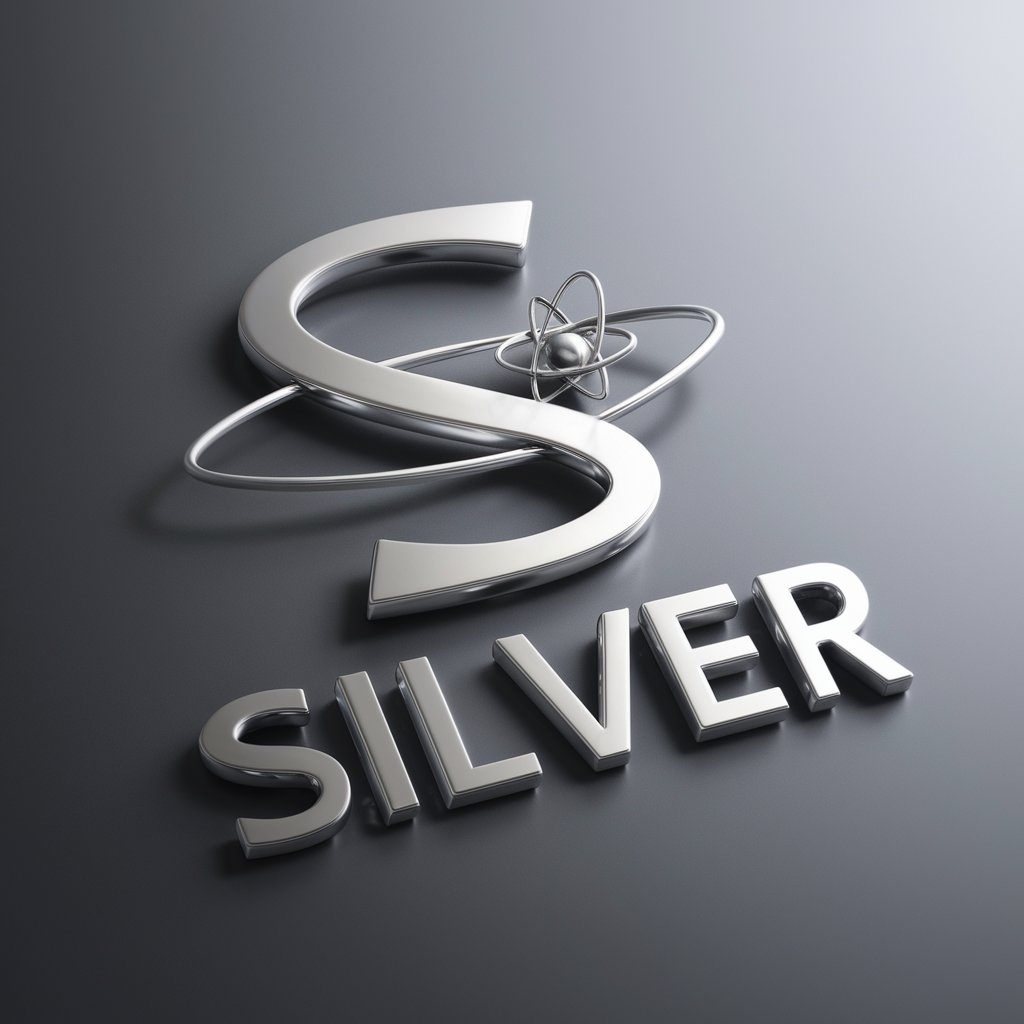
Manufacturing Insight Pro
Empowering Manufacturing with AI Insights

Frequently Asked Questions about Industrial Design
What is the significance of ergonomics in industrial design?
Ergonomics plays a pivotal role in industrial design by ensuring that products are designed with human use in mind, focusing on comfort, safety, and efficiency, which enhances user experience and satisfaction.
How does material selection impact product design?
Material selection is crucial in product design for determining the product's aesthetic appeal, durability, sustainability, and cost-effectiveness, influencing both the manufacturing process and the product's lifecycle.
What role does sustainability play in modern industrial design?
Sustainability is increasingly central in industrial design, pushing designers to consider the environmental impact of their products through eco-friendly materials, energy efficiency, and recyclability to meet consumer demand and regulatory requirements.
How does industrial design contribute to brand identity?
Industrial design is key to establishing and differentiating a brand's identity, through unique product aesthetics, functionality, and user experience, fostering brand loyalty and recognition in the market.
Can industrial design influence user behavior?
Yes, through thoughtful design, products can encourage certain behaviors or habits among users, such as promoting sustainability, enhancing safety, or improving usability, thereby shaping interactions and experiences with technology and environments.

